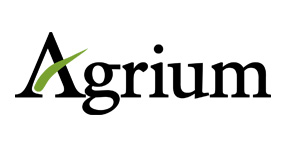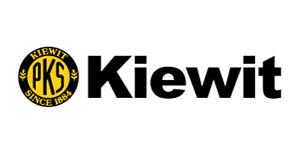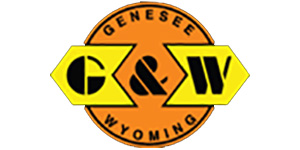How It Works
Why and how FPC Fuel Performance Catalyst works
It is no surprise that chemical agents are useful in petroleum as a fuel since they are used in the refining process to economically produce diesel in the first place. A better question is why might they be useful at the point of combustion? And the answer is that diesel fuel is not completely burned and the by-products (eg. cylinder blow-by, unburnt fuel out the stack) lead to higher costs in engine oil lubrication and its maintenance. Not to mention greenhouse gases and smoke out the stack.
There doesn’t seem to be any disagreement on the value of the chemical catalyst principles used by FPC as they are the same as those seen in catalytic converters for gasoline engines. But lets start with something basic: why a catalyst (versus a lubricant or “cleaner”)? Because a catalyst is the only tool to directly promote oxidation or combustion (other than oxygen itself). Its presence reduces the energy needed to oxidize hydrocarbons to H2O and CO2. You can wager that if the USA could have depended on every gasoline user to treat their fuel, exhaust treatments might not have been necessary. But hardly a realistic expectation. And Big Oil companies were not going to pay as historically it was not environmentally required, especially in the early days. And why would they add an agent that promotes LESS fuel consumption, unless they owned the additive product?
The second issue is objective and trustful testing and it appears the industry respects Southwest Research Institute. FPC was tested by SwRI in early July 1992 and demonstrated 1.7% improvement in fuel consumption and a 1.1% boost in cetane. ESDC (Engine Systems Development Centre, Montreal) tested FPC on 3 occasions. All of these tests were done on new condition engines (except for the F-59 loco that GO Transit had tested by ESDC) and field testing is typically done on older used engines. The University of Western Australia (Perth) has more recently tested FPC’s active ingredient (ferrous picrate) with similar results. Ferrous picrate has been used in Australian mining for over 40 years hence the location for this recent retesting.
In June 1997 we commissioned a second test by SwRI using FPCâ to be conducted on three low mileage 1995 gasoline vehicles. The tests were conducted in accordance with EPA guidelines, as per Section 511, for fuel economy and emissions improvement. Under the FTP (Federal Test Procedure), FPCâ reduced carbon monoxide (CO) emissions by 24% and particulate emissions by 16.7%. Under the HFET (Highway Fuel Economy Test) FPCâ reduced hydrocarbons (HC) by 13.8%, CO by 13.5%, and nitrogen oxide (NOx) by 20.5%.
The numbers above are not dramatic but do make the point that ferrous picrate does decrease the time, and increases the extent, of hydrocarbon fuel oxidation. The SwRI study further demonstrated that FPC does not alter diesel fuel properties or result in any engine damage whatsoever. And we are registered with the EPA.
The continuing reluctance of the rail industry to embrace improved diesel fuel performance (by established chemical principles) is more a testament to historic & deceptive advertising than a lack of the documented benefits from ferrous picrate. We are in the process of adding these and other supporting documentation to our website (FuelCommander.net) so others may review this topic more than space here permits. But in summary –
A list to NAME A FEW of our long time customers:
- Southern Railway of British Columbia Limited —8 years
- Montana Rail Link—20 years
- Columbia Basin RR—19 years
- Ontario Northland RR—20 years
- Farm Development— 24 years
- Agrium mine in Soda Springs, ID—20 years
FPC has been tested and documented.
FPC is being supported and distributed by a company (FPC TECHNOLOGY, INC.) WHO STRONGLY BELIEVES IN TRANSPARENCY AND INTEGRITY!
FPC will save money:
Example of a Class 1 RR: 900,000,000 gallons fuel at $1.50 gallon = $1,350,000,000 X 1.7 % = $22,950,000 is not small change. Every other benefit is free and savings in the environment & maintenance.
Cost/savings estimate using FPC; 900,000,000 gallons of fuel annually. FPC mixing ratio is 1/10,000. Divide into gallons of fuel is 90,000 gallons of FPC-2 x $150.00 = $13,000,000.
Savings of 1.7% $22,950,000.00 minus Cost of FPC-2 $13,000,000.00 = $9,950,000.00 SAVINGS. Use this same formula to fit your fuel usage and costs to determine your savings in fuel economy alone, not counting the maintenance savings & the reduction of Greenhouse gases.
This chemical deserves a place in any diesel engine maintenance program due to its proven chemistry, history of use and our thorough support for improved financial benefits.
FPC (FUEL PERFORMANCE CATALYST) REALLY WORKS!!!!

 Marine
Marine Railroads
Railroads Trucking
Trucking Generator
Generator Mining
Mining Farming
Farming














